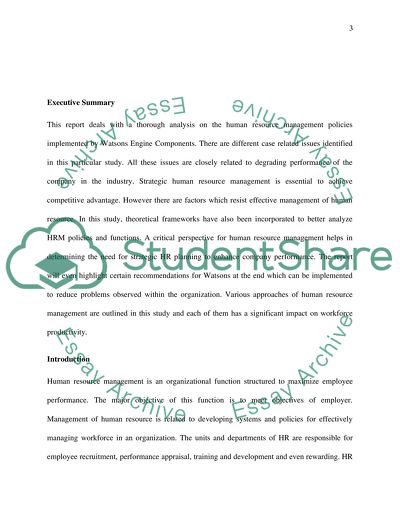Cite this document
(“Human resource management policies implemented by Watsons Engine Assignment”, n.d.)
Retrieved from https://studentshare.org/human-resources/1663933-human-resource-management-policies-implemented-by-watsons-engine-components
Retrieved from https://studentshare.org/human-resources/1663933-human-resource-management-policies-implemented-by-watsons-engine-components
(Human Resource Management Policies Implemented by Watsons Engine Assignment)
https://studentshare.org/human-resources/1663933-human-resource-management-policies-implemented-by-watsons-engine-components.
https://studentshare.org/human-resources/1663933-human-resource-management-policies-implemented-by-watsons-engine-components.
“Human Resource Management Policies Implemented by Watsons Engine Assignment”, n.d. https://studentshare.org/human-resources/1663933-human-resource-management-policies-implemented-by-watsons-engine-components.


